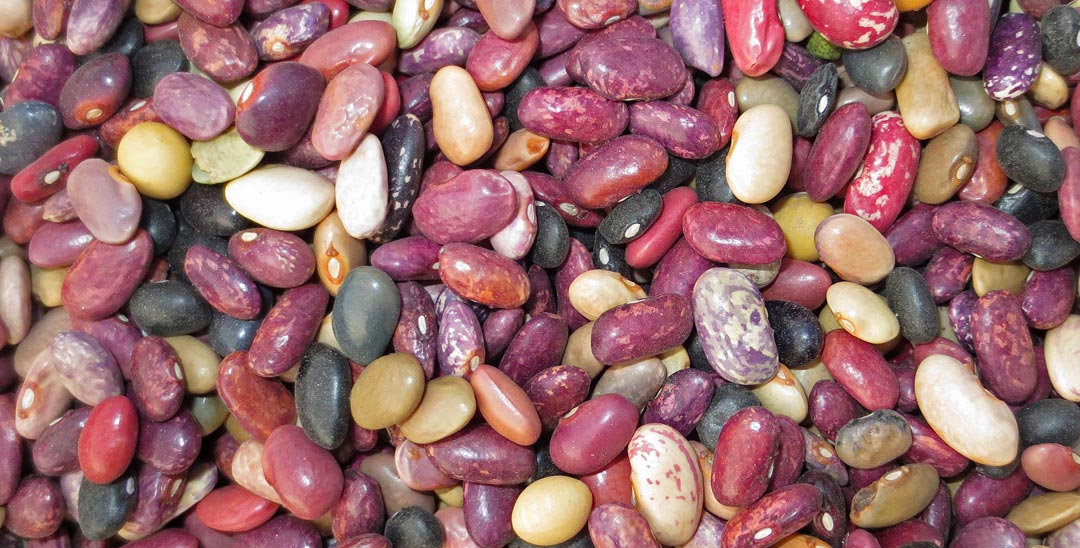Beans (Phaseolus vulgaris)

Beans is a commonly used term to refer to a variety of genera within the family Fabaceae, also commonly called the legume, pea or the bean family. Consumers and marketeers commonly associate beans with three genera, i.e., Phaseolus (common beans, runner beans, pinto beans, etc.), Vicia (broad bean or fava bean), and Vigna (urad dal, mung bean, rice bean, etc.).
The Local Crop Project’s mandate crop is the common bean, i.e, P. vulgaris as the varieties of this species perform an important nutritional function in high mountain cold environments. Beans are consumed both as a green vegetable and in its dry form. In the high mountains, consumption of dry beans as simi ko daal (soup made from beans consumed with rice as an integral part of dalbhat) is common and provides an important source of protein, fibre and energy to the high mountain diet. Consumption as green vegetable rather than daal is more common in the rest of country due to ubiquitous access to lentils, black gram and other pulses and their traditional use for daal. Simi ko daal remains a recipe for special occasions, however, its popularity is increasing for its taste. In the recent years, beans from mountain regions such as Jumla and Mustang, which can be found sold as mixtures or in solitary forms in urban markets. People visiting Humla and Jumla are also starting to bring beans as gifts for family and friends.
Only three varieties of common beans have been registered or released in Nepal, with only one variety Trishuli Simi recommended for the high mountain environment. All three varieties are categorized as ghui simi, suggesting their suitability for vegetable use rather that dry bean use, which is the need of high mountain communities.